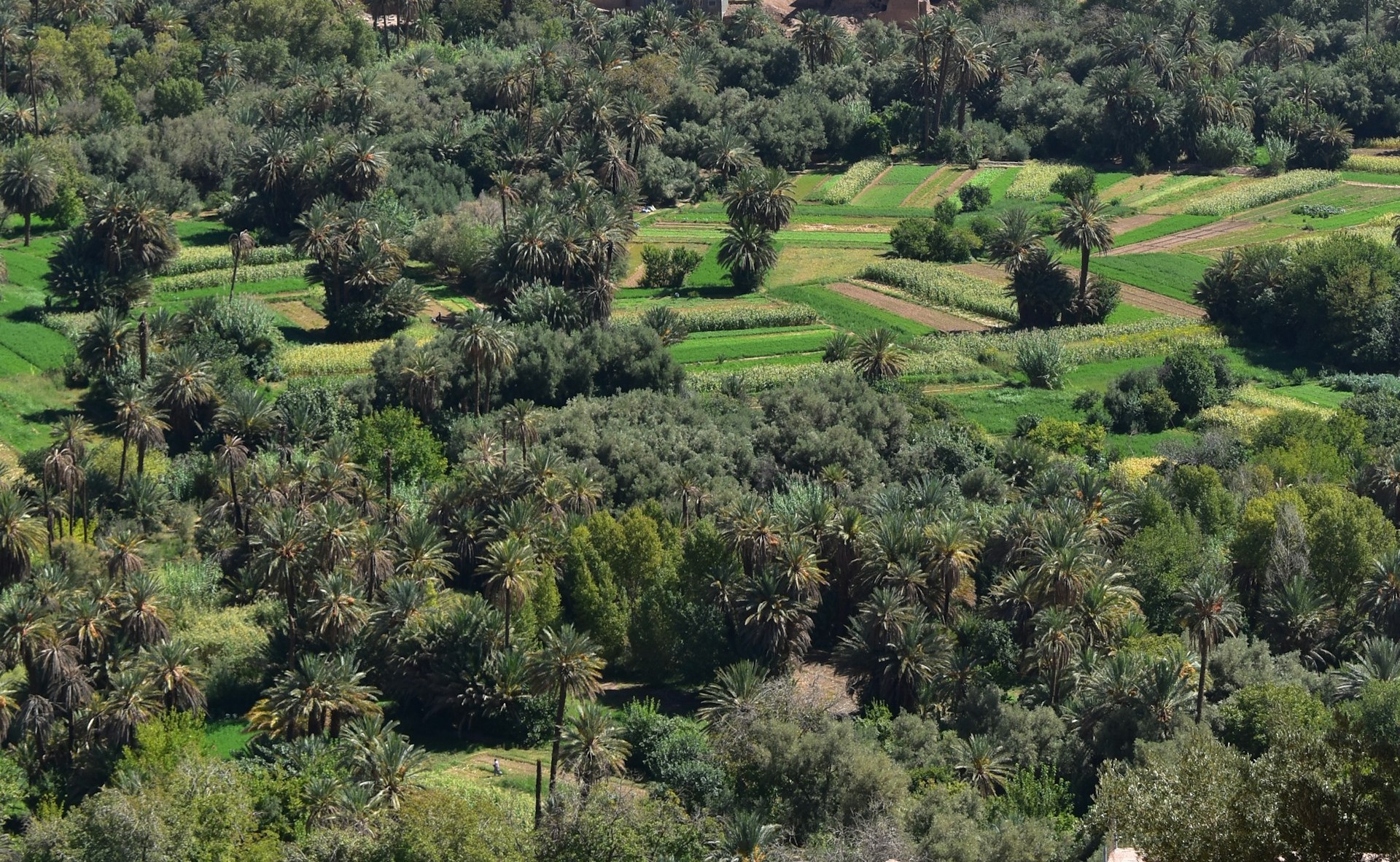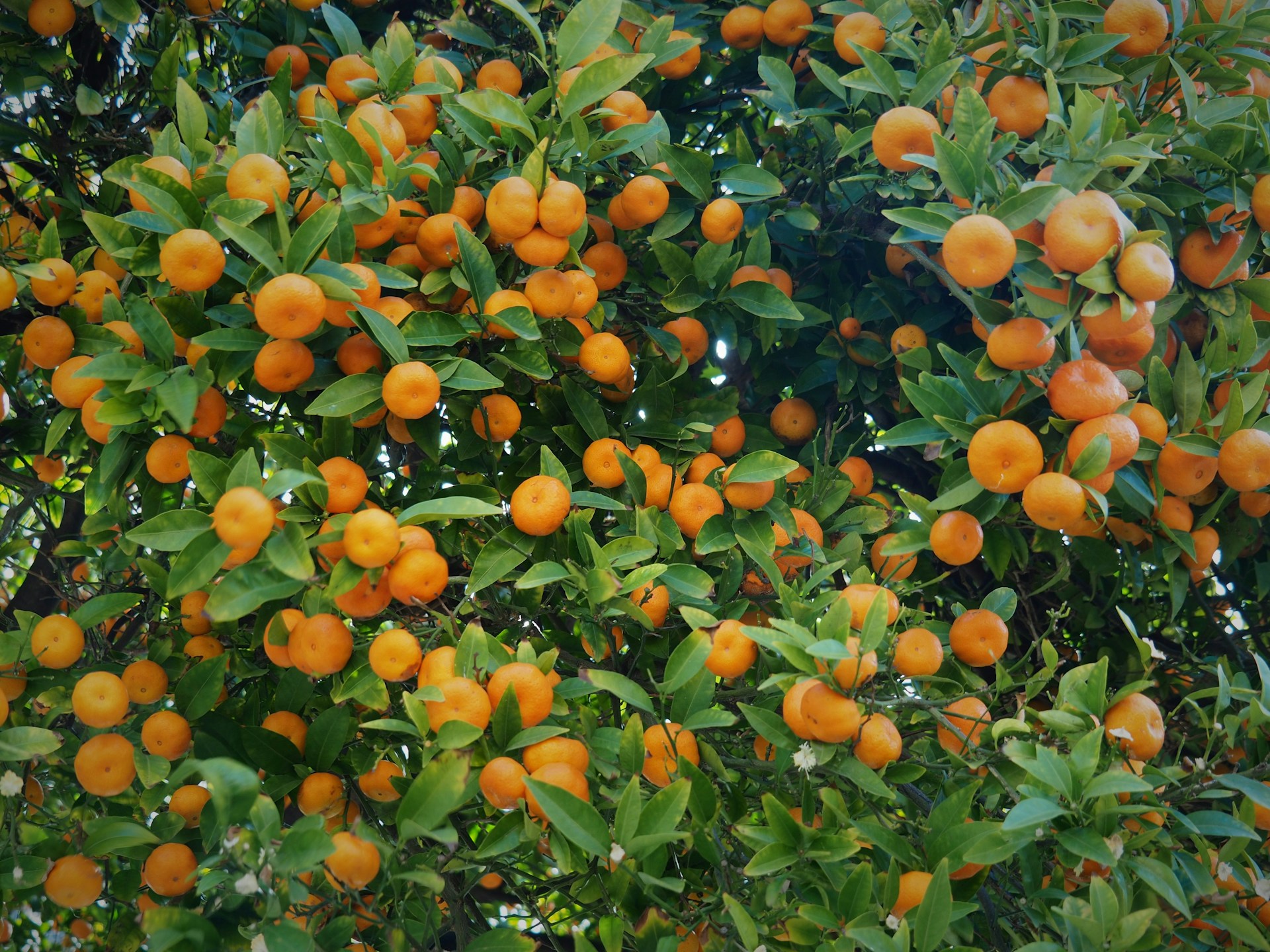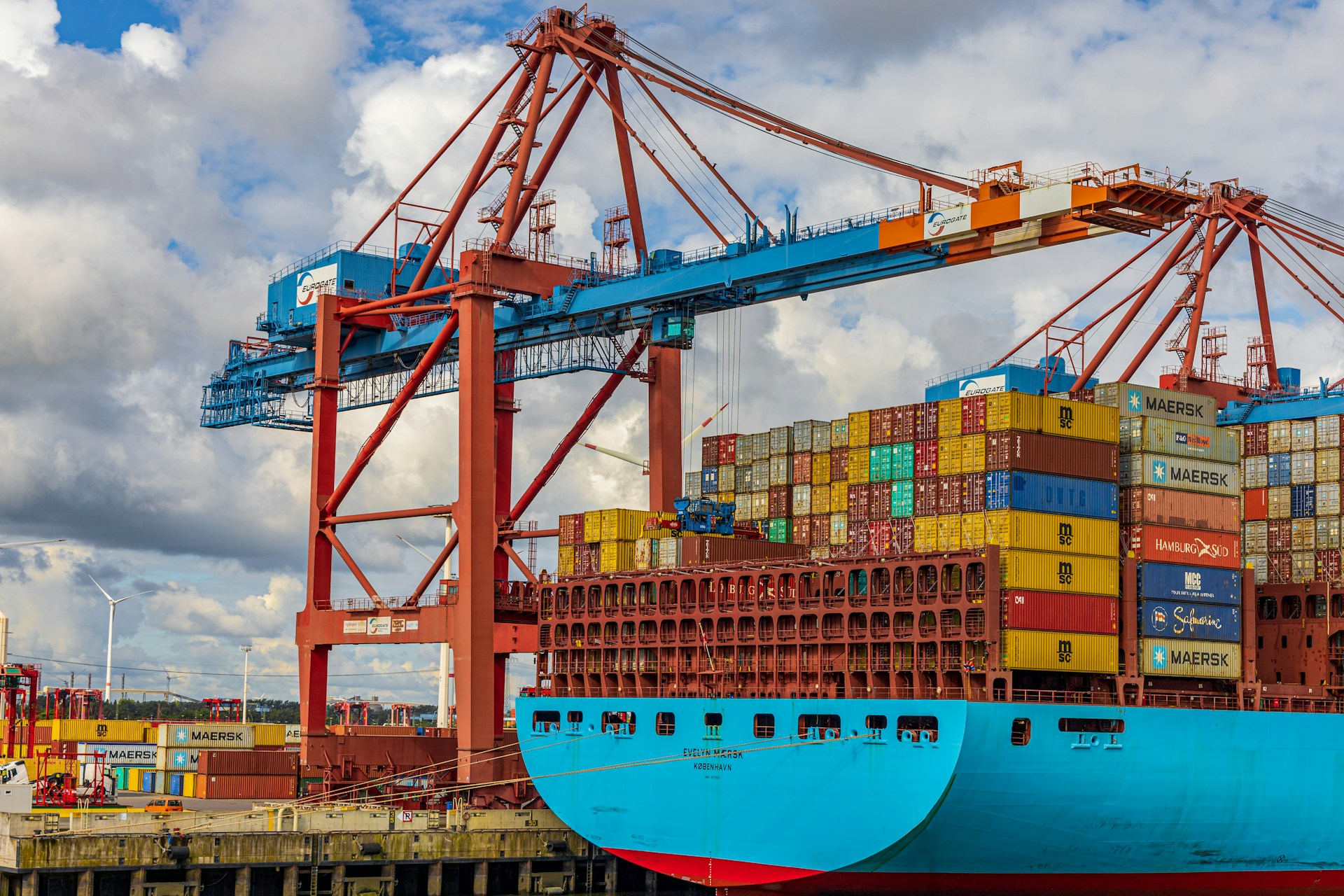Casablanca – Morocco’s citrus sector is experiencing a robust growth trajectory for the 2024/25 season, with promising improvements in both domestic production and export potential. Favorable weather conditions, alongside the widespread adoption of advanced irrigation techniques, have fueled a significant increase in production levels, signaling a healthy year ahead for the country’s citrus industry.
According to the latest estimates from the United States Department of Agriculture (USDA), Morocco’s total citrus production for 2024/25 is set to rise by 16%, reaching an impressive 2.1 million metric tons. This marks a recovery from previous seasons, following a dip to 1.7 million metric tons in 2022 due to adverse weather conditions. The growth in production is particularly notable for mandarins and oranges, which are expected to see increases of 16% and 17%, respectively, compared to the previous year.
Mandarins are leading the charge, with an estimated 1.1 million metric tons expected to be produced in the 2024/25 season. This marks a 16% increase from the previous season and solidifies Morocco’s position as a top global exporter of mandarins. Oranges, another key export product, are expected to reach 960,000 metric tons, reflecting a 17% increase from the prior year.
The export season began smoothly in early November, with strong projections for Morocco’s citrus exports. Tangerine and mandarin exports are forecast to hit 500,000 metric tons, a 27% increase over the previous season, driven by a more abundant harvest. Orange exports are also set to see a rise, with forecasts predicting an increase of 17%, reaching 90,000 metric tons. In addition, lemon and lime exports are expected to reach 7,000 metric tons, signaling continued growth for the sector.
These positive figures are not only the result of favorable growing conditions but also the strengthening of Morocco’s commercial ties with international markets. A notable development in this regard was the signing of a memorandum of understanding between the Moroccan government and Atlas Marine in December 2024. This agreement aims to establish a new maritime shipping route between Agadir and Dakar, reducing logistics costs and improving the efficiency of citrus exports to West Africa. According to industry experts, this new connection is expected to significantly enhance Morocco’s citrus export capacity to the region.
In addition to West Africa, key markets for Moroccan citrus include the European Union, Russia, the United States, and Canada, which together constitute a strong foundation for Morocco’s expanding citrus export portfolio. In 2023, Moroccan citrus exports generated over $456.5 million, placing the sector among the top earners in Morocco’s agricultural export market.
As the season progresses, the Moroccan citrus industry’s focus remains on maintaining its competitive edge in the global market. With strategic initiatives in place to boost production and streamline exports, Morocco is poised to further solidify its standing as one of the leading citrus producers and exporters in the world.
















